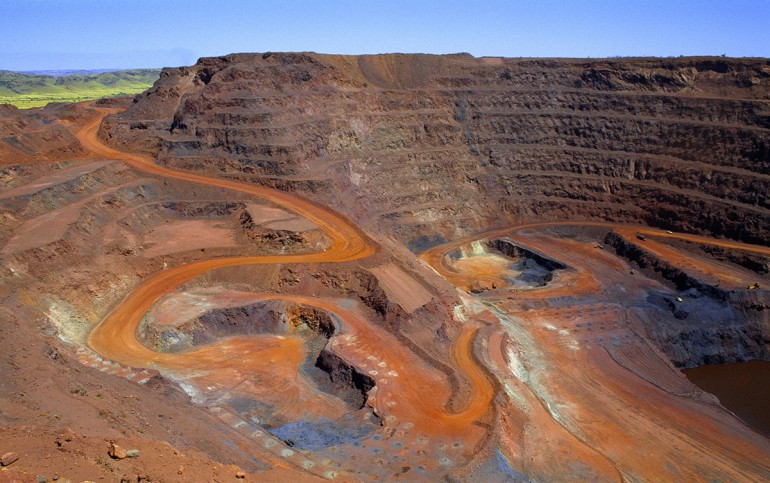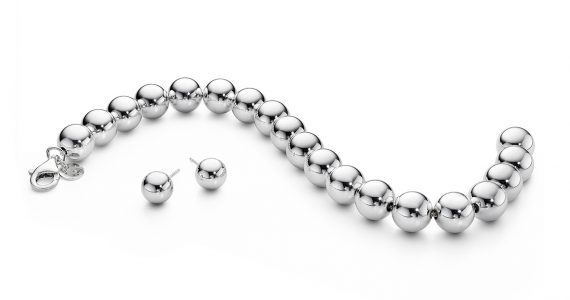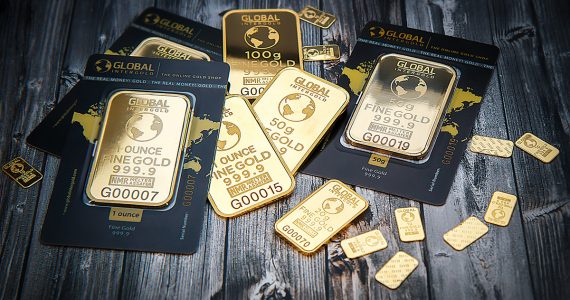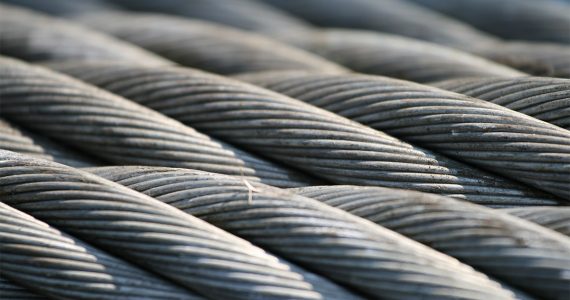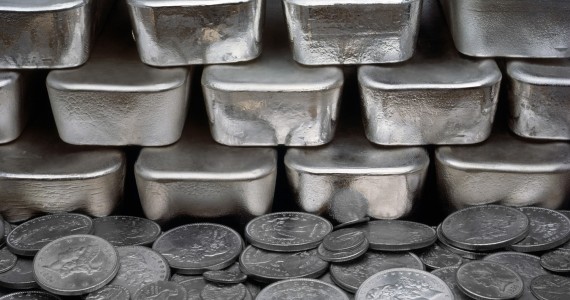Iron is one of the most important elements in the planet. It helps transport oxygen to the blood, absolutely vital for life to continue. Iron is also a crucial for plant life, and it is also used in construction and various other applications.
Facts about Iron
Iron is hard and brittle. It is categorized as a metal in the Periodic Table of Elements in Group 8. It is the most plentiful metal on Earth, and when at its purest form corrodes quickly when exposed to high temperatures and the air.
The 4th most common element on the Earth’s crust, scientists believe that majority of the Earth’s core is comprised of iron. Not only is iron common on Earth, but you can also find it in the stars. Research conducted at the Los Alamos National Laboratory shows that iron is also found in the Sun.
Study after study has shown that iron is critical for all living organisms. Iron is important for animals because it is a part of hemoglobin a blood protein that transports oxygen from your lungs to various parts of your body. For plants, iron is instrumental in generating chlorophyll.
Human blood is red because of the way iron and oxygen interact. Scientists have determined that blood appears red when oxygen and iron start bonding chemically. Researchers have also determined that iron in its pure state is malleable and soft.
Uses and Applications
The Royal Society of Chemistry estimates that 90% of all modern refined metals are iron. The majority of these are used to manufacture steel, a product of iron and carbon when combined.
Steel is used extensively in various industries, civil engineering and manufacturing. Steel for instance, is a vital ingredient in creating fortified concrete. Stainless steel, used in a ton of products, has at least 10.5% chromium so it is resistant to corrosion. Stainless steel is often used in kitchen cutlery as well as skillets, pans, cookware, appliances and more.
Steel can also be combined with other elements to make it stronger and more versatile. Nickel for example boosts the durability level and makes the metal more resistant to acids and heat. Iron combined with manganese makes the element stronger. When it is combined with tungsten the element gets even harder and able to handle high temperatures.
Properties of Iron
The atomic number of iron is 26 and its atomic symbol is Fe. Its most common isotopes is iron 56 with a 91.754 abundance. This metal also has 33 isotopes of which 4 are stable. Its atomic weight is 55.845 and the density is 7.874 grams per cubic centimeter.
Iron is solid at room temperature and has a boiling point of 5,181.8 F (2,861 C). The melting point is 1,538 degrees Celsius or 2800.4 F.
History of Iron
Archaeological evidence suggests that people have been utilizing iron for over 5,000 years. The findings also suggest that the earliest form of iron may have come from meteorites. In 2013, a report was published in the Journal of Archeological Science where researchers studied ancient Egyptian iron beads.
The beads date from 3200 BC and researchers discovered that the iron in the beads came from meteorites. The Bible also makes mention of iron, another indication of how common it was even then.
There is an iron pillar in Delhi, India measuring 15.8 inches in diameter and 23.75 feet high. This piece of iron dates back to AD 400. While it has been subjected to all kinds of weathering, the iron pillar remains strong.
Iron is extracted from the minerals magnetite and hematite. Small amounts of iron can be extracted from siderite, limonite and taconite. Iron has four unique allotropic forms. This means it has four distinct structural forms where in atoms bond in varying patterns. These unique forms are known as ferrites and called omega, alpha, gamma and beta. Of these, alpha has the magnetic properties.
Iron and Health
Iron is a vital part of human health so it needs to be included in the human diet. Lack of iron leads to all kinds of health problems including fatigue, anemia and other types of nutritional deficiency. Lack of iron for prolonged periods lead to mental and memory function impairment.
Studies conducted at the CDC reveal that iron deficiency in women can lead to early birth and other health complications.
There are two kinds of iron, heme and non-heme. Heme iron is easier to absorb and is found in poultry, fish and meat. Non heme iron is found in broccoli, kale, spinach, meat and other plant based foods.
Conclusion
Iron is so prevalent that we often take it for granted. But as has been shown here iron is a necessity for life. Versatile and absolutely vital, there is no doubt iron is one metal life and civilization cannot do without.

